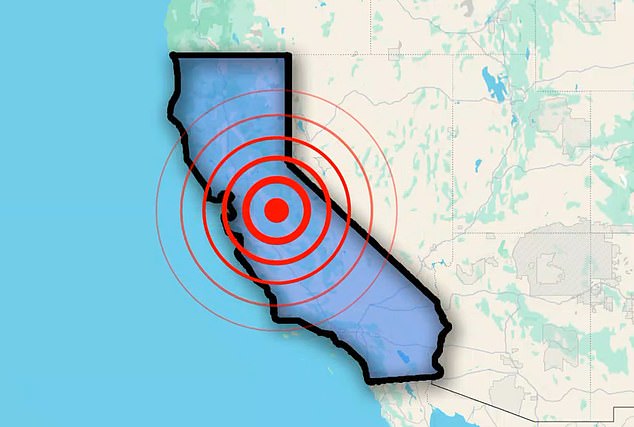
Triple Quake Strikes California Minutes Apart Amid Rising Fears of ‘The Big One’
California Hit by Cluster of Earthquakes Near High-Risk San Andreas Fault
[Insert Photo 1: Aerial view of San Andreas Fault with caption: "The San Andreas Fault spans 800 miles and is closely monitored for seismic activity."]
Three earthquakes struck California’s Grapevine region, north of Bakersfield, on Monday morning, reigniting concerns about the overdue “Big One.” The U.S. Geological Survey (USGS) recorded tremors ranging from magnitude 2.5 to 3.8 just after 11 a.m. local time. The epicenter was near the San Andreas Fault, 21 miles north of Bakersfield and 80 miles from Los Angeles.
Overdue for Disaster
The San Andreas Fault hasn’t produced a major earthquake in its Grapevine segment since 1857, when a magnitude 7.9 quake reshaped landscapes and killed two people. Scientists warn this section is “overdue,” as it typically ruptures every 100–150 years. In 1906, a separate magnitude 7.9 quake on the same fault devastated San Francisco, killing 3,000.
A modern repeat could cripple infrastructure, severing water aqueducts, power lines, and Interstate 5. “Shaking would impact [Los Angeles’] ability to be a world-class city,” said USGS geologist Kate Scharer. Experts predict up to 1,800 deaths, 50,000 injuries, and $200 billion in damages if a comparable quake hits.
[Insert Photo 2: Cracked highway along Interstate 5 with caption: "A major quake could damage critical routes like I-5, disrupting transport and emergency response."]
Rising Tectonic Tensions
The San Andreas Fault marks the boundary between the Pacific and North American tectonic plates. As these plates grind past each other, stress builds until friction fails, releasing energy as earthquakes. Over 20 smaller tremors have rattled Grapevine in the past week alone, highlighting growing seismic activity.
Angie Lux of the Berkeley Seismology Lab cautioned that California faces a “pretty large earthquake within 30 years.” While some studies suggest clusters foreshadow major events, others argue quakes strike without warning.
Cascadia: A Double Threat
Scientists also monitor the Cascadia Subduction Zone, stretching from Northern California to British Columbia. A rupture here could unleash a magnitude 8+ quake and a “mega-tsunami.” New research shows coastal areas might sink 6.5 feet within minutes, flooding 116 square miles and displacing 14,000+ residents. Cascadia last ruptured in 1700 and cycles every 400–600 years, making another event increasingly likely.
[Insert Photo 3: Infographic showing Cascadia Subduction Zone risks with caption: "A Cascadia quake could submerge coastal regions, doubling flood exposure."]
Preparing for the Inevitable
California’s earthquake readiness includes early warning systems and building codes, but aging infrastructure remains vulnerable. Residents are urged to maintain emergency kits and evacuation plans. As tectonic pressures mount, the state braces for a seismic shift that could reshape its future.
Word count: ~600


